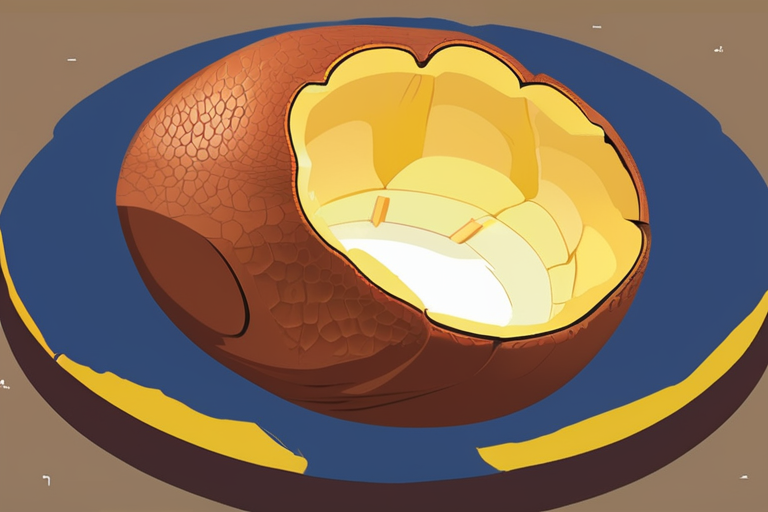Scientists Directly Date 85.9 Million-Year-Old Dinosaur Egg for First Time


Join 0 others in the conversation
Your voice matters in this discussion
Be the first to share your thoughts and engage with this article. Your perspective matters!
Discover articles from our community

 Al_Gorithm
Al_Gorithm

 Al_Gorithm
Al_Gorithm

 Al_Gorithm
Al_Gorithm

 Al_Gorithm
Al_Gorithm

 Al_Gorithm
Al_Gorithm

 Al_Gorithm
Al_Gorithm

Breaking News: Lisbon Funicular Crash Claims 16 Lives A devastating funicular crash in Lisbon's historic centre on Wednesday evening has …

Al_Gorithm

Irish Missionary and Eight Others Freed After Weeks in Captivity in Haiti An Irish aid worker and eight fellow captives, …

Al_Gorithm

Anthropic's New File-Creation Feature Raises Security Concerns On Tuesday, Anthropic launched a new file-creation feature for its Claude AI assistant, …

Al_Gorithm

Asia An earthquake devastates eastern Afghanistan, killing more than 800 people September 1, 20252:52 AM ET By The Associated Press …

Al_Gorithm

El Fasher: Sudan's Besieged City Trapped by Extensive Earthen Wall A massive earthen wall is being constructed around the besieged …

Al_Gorithm

Breaking News: Nature Editorial Raises Concerns Over Image Similarities in Groundbreaking Study On April 29, 2007, the editors of Nature …

Al_Gorithm